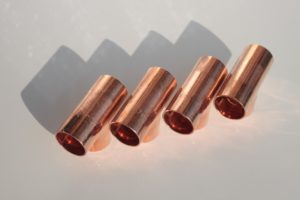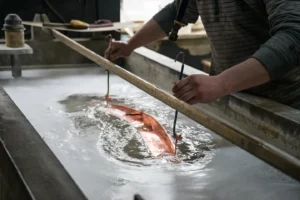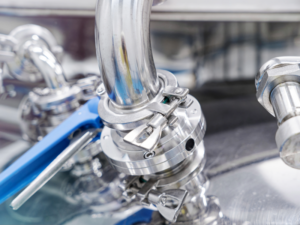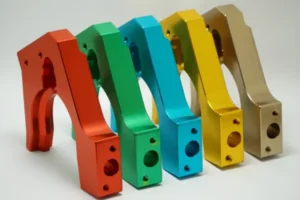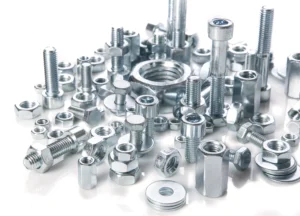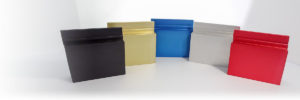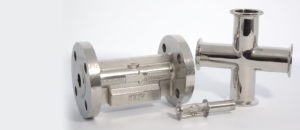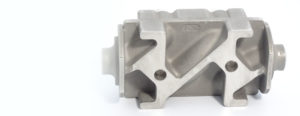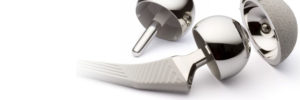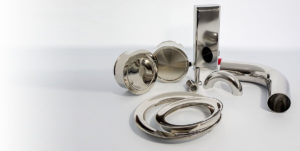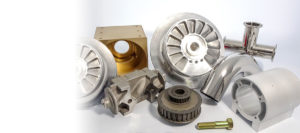Electroplating is a process that contributes a surface layer of metal to an object of another material. It is widely used across a broad range of industries and a variety of applications. From aerospace and medical to electronics, home décor, and more, electroplating is used to enhance the beauty or functionality of parts manufactured with lower cost materials.
When considering using electroplating in your manufacturing process, it is helpful to understand how the process works and the options that are available.
Electroplating Process
Electroplating uses an electrochemical process to apply a thin layer of metal to the surface of a component. The part is placed in a solution containing metal with ions with which it will be plated. A negative charge is applied to the part to attract the positively charged metal ions. As the ions contact the negatively charged object, the ions become a very thin coating on the object.
Electroplating Benefits
Decoration, electrical conductivity, and protection against corrosion are common reasons for choosing to electroplate. Because the process can apply a very thin coating to a surface, it can be used to apply expensive metals, such as silver or gold, to add brilliance to a less valuable material or to introduce electrical conductivity to electrical components. Electroplating onto a material susceptible to corrosion provides a layer of protection for the base metal underneath. The process can also be used to reduce friction, protect from abrasion, and to achieve the required proportions of an undersized part.
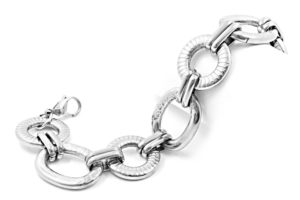
Electroplating Methods
There are several electroplating methods used for processing, but the two most common methods are rack plating and batch plating. The chosen method is determined by the size of the components to be plated.
Rack Plating
Rack plating is typically used for larger or delicate parts that could be damaged using batch processing. The parts are mounted onto frame fixtures which are lowered into the plating solution. Each part must be securely contacted by a pin or wire.
Electroplaters design racks and pins to have the smallest contact point possible. To plate the contact point, the part must be moved during the process.
Geometry also plays a role in plating coverage. Recesses and holes receive less current and coating thickness than outside surfaces, corners, and edges. To achieve the same thickness throughout, the operator must slow the plating rate and the number of parts per fixture.
Batch Plating
Batch plating is a cost-effective method for larger batches and smaller parts such as fasteners, hardware, and metal stamping. The two most common methods of batch plating are barrel and vibratory. For barrel plating, parts are loaded into a cylinder that rotates at varying RPMs, and electrical contact is made through different methods based on the shape of the parts. Extra small or delicate parts may be plated in a vibratory basket that provides electrical contact that vibrates at a high frequency to gently circulate the plating liquids. With batch plating, there is less fluctuation in the coating thickness from part to part, though recesses and internal surfaces present the same issues as with rack plating.
Electroplating Cost
Part design, base metal, and specification can influence plating quality and operational costs. Additional factors can include the part quantity and other services that may be required such as masking, handling, or cleaning.
Your Projects
Electroplating is a manufacturing process that can be used for an unlimited number of projects. For reliable quality and on-time delivery, you can trust AMF Technologies’ experience and expertise to meet your specifications and timelines. We also provide fast and accurate quotes so you can keep things moving. Contact us here or call us at 781-982-0137 for quotes or with any questions.

